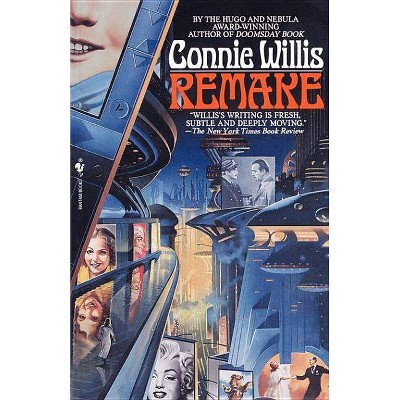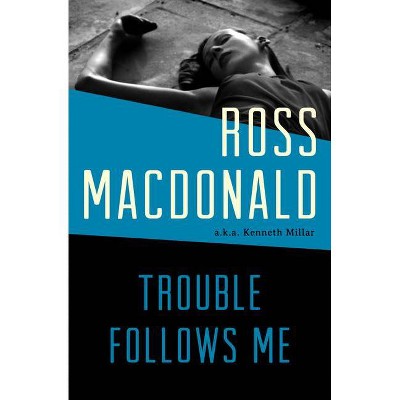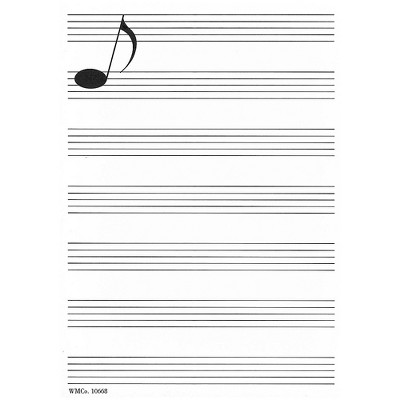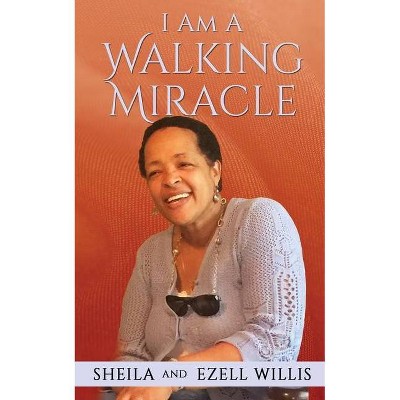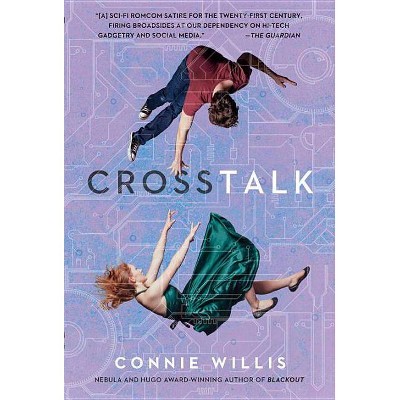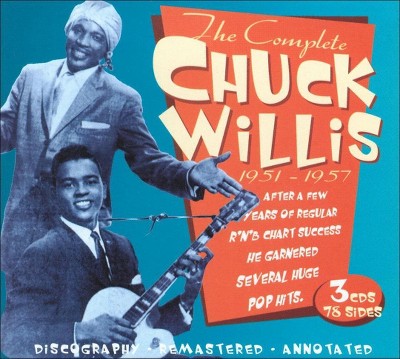Form Follows Finance - by Carol Willis (Paperback)
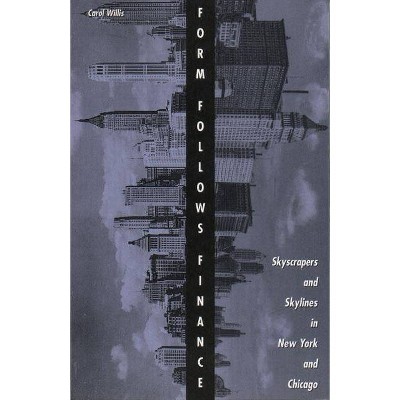
Similar Products
Products of same category from the store
AllProduct info
<p/><br></br><p><b> Book Synopsis </b></p></br></br>Although fundamental factors of program, technology, and economics make tall buildings everywhere take similar forms, skyscrapers in New York and Chicago developed very differently in the first half of the twentieth century. In contrast to standard histories that counterpose the design philosophies of the Chicago and New York schools, Willis shows how market formulas produced characteristic forms in each cityvernaculars of capitalismthat resulted from local land-use patterns, municipal codes, and zoning. Refuting some common clichs of skyscraper history such as the equation of big buildings with big business and the idea of a corporate skyline, Willis emphasizes the importance of speculative development and the impact of real-estate cycles on the forms of buildings and on their spatial distribution.<p><i>Form Follows Finance</i> cautions that the city must be understood as a complex commercial environment where buildings are themselves businesses, space is a commodity, and location and image have value.</p><p/><br></br><p><b> Review Quotes </b></p></br></br><br>Seldom does a title summarize so tersely and completely the contents of a book as does that of Carol Willis's brisk, lucid investigation into the foreces that shaped the prodigious tall buildings of America's two major turn-of-the-century metropolises. <b>Martin Filler, <i>New York Times Book Review</i></b> <p/> A fascinating document for banker, developer, and architect alike. <b>Matthew Barnett Howland, <i>World Architecture</i></b><br><p/><br></br><p><b> About the Author </b></p></br></br>Carol Willis is founding director of the Skyscraper Museum in New York City.
Price History
Cheapest price in the interval: 26.99 on November 8, 2021
Most expensive price in the interval: 26.99 on December 20, 2021
Price Archive shows prices from various stores, lets you see history and find the cheapest. There is no actual sale on the website. For all support, inquiry and suggestion messagescommunication@pricearchive.us


